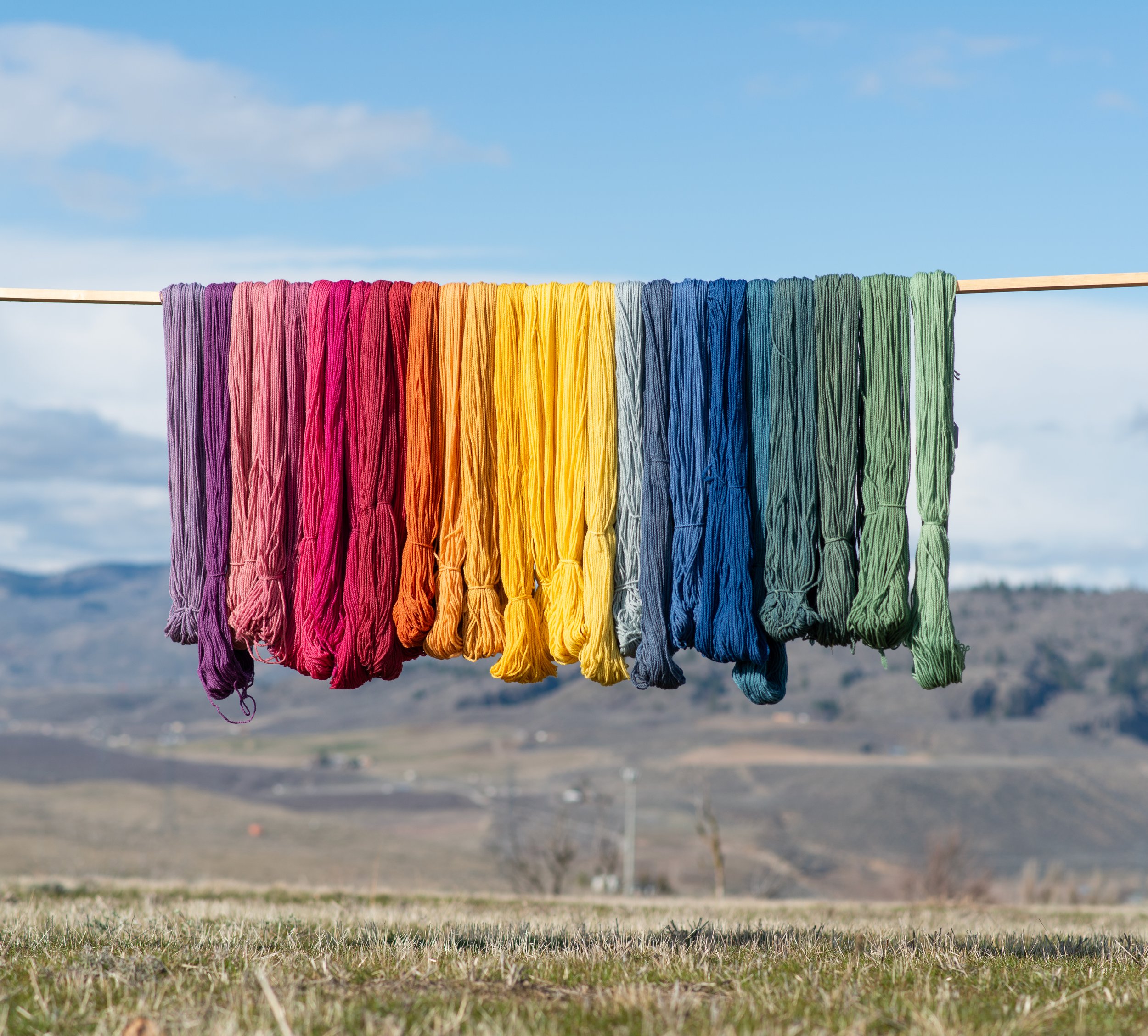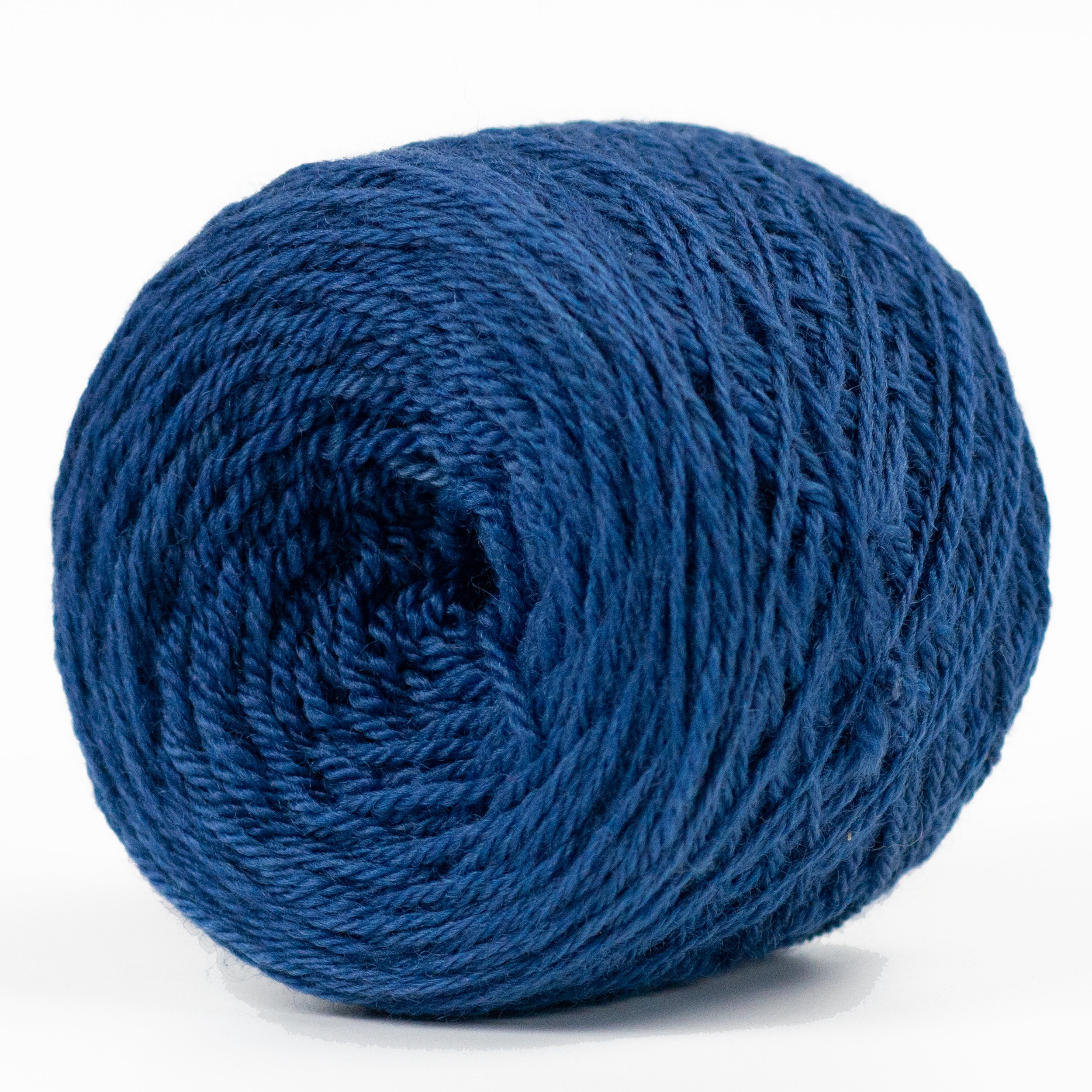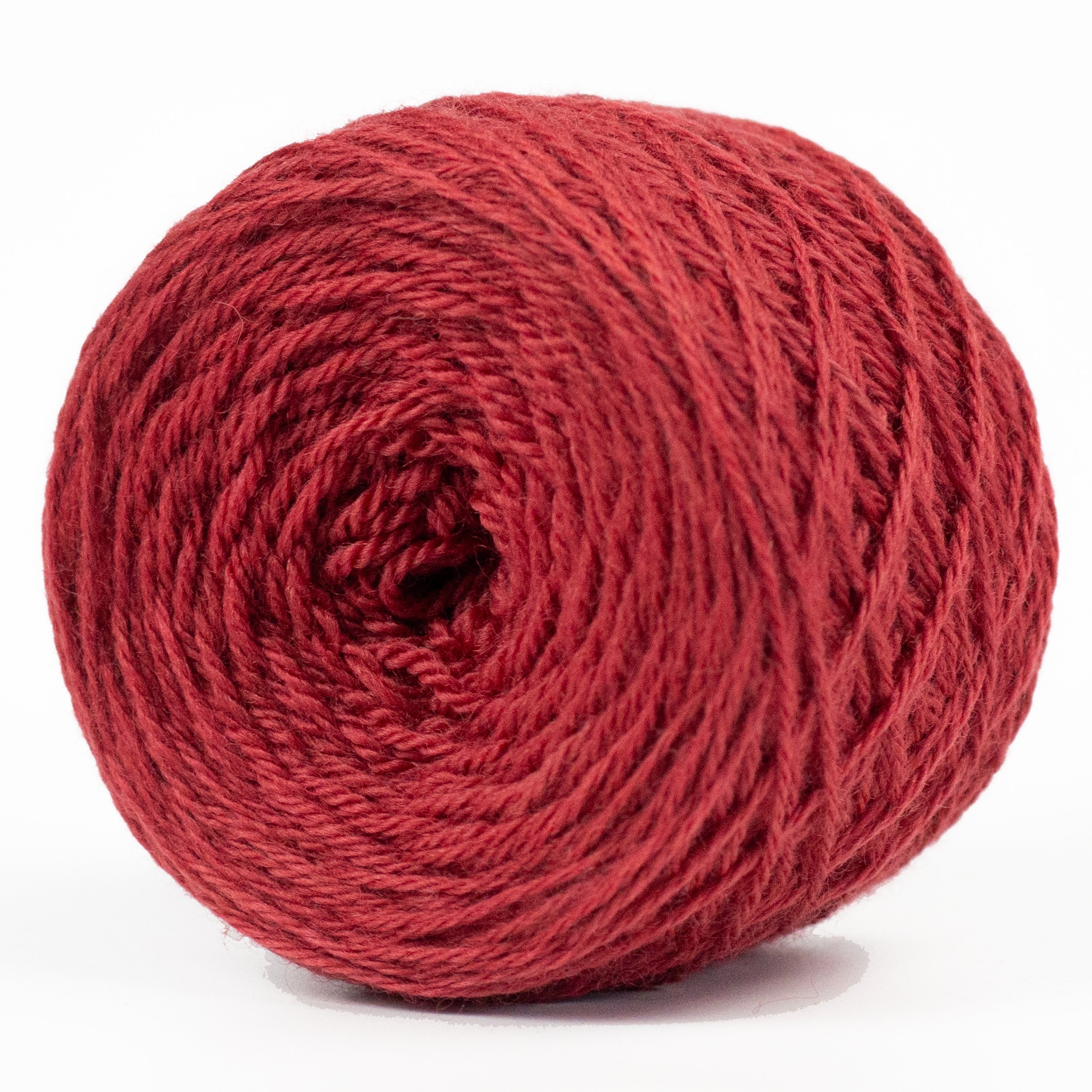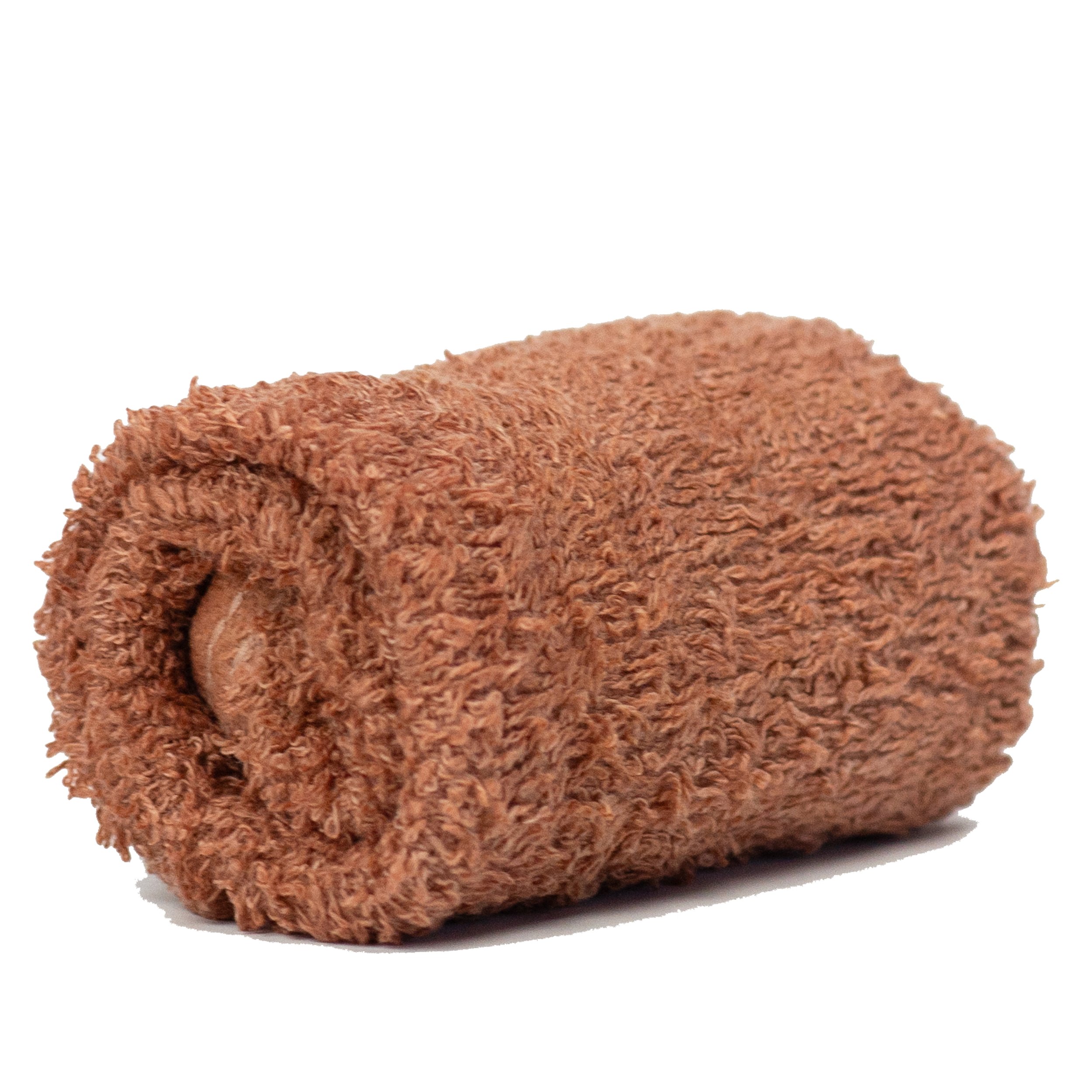
Nature’s Mordant
For Sustainable Plant-Based Dyeing
Nature’s Mordant
The 100% Plant-Based Mordant for Natural Dyes
Are you ready to dye beautiful botanical colors without having to rely on industrial chemicals like aluminum sulfate and stannous chloride to mordant your fiber? Then it’s time to try the natural solution: Nature’s Mordant™.
Nature’s Mordant™ is the 100% plant-based mordant for natural dyes. It contains a special blend of plant seed, gall, bark, and rind extracts that have been selected to work together in perfect harmony as fixatives for natural colors. Nature’s Mordant makes use of the tannins and minerals that are found naturally in plants in order to help fix dyes to wool, cotton, linen, and silk. Now you can create a palette of bright colors without having to treat your fabrics with industrial heavy metals and acids. Nature’s Mordant™ is simple to use and a little goes a long way: one ounce will mordant more than a pound of wool or half a pound of cotton.
Made in the USA from imported plant extracts. Note that Nature’s Mordant™ does not perform well in hard water. For best results we recommend aiming for a light or medium shade of color with most dyes. For textile projects only.

For Wool:
To apply to woolen fibers, simply dissolve 4% weight-of-fabric (WOF) of Nature’s Mordant together with 2% cream of tartar, add your scoured wool, and heat at 200°F for one hour. Stir regularly so the wool mordants evenly. Afterwards, rinse well in 2 or 3 changes of water and proceed to dyeing. The wool will take on a faint golden-brown color, but this will mostly disappear when it is dyed.
+ 10% Cream of Tartar
1% Campeche Blue
8% Gardenia Blue
8% Cape Jasmine Ext.
+ 10% Cream of Tartar
4% Cochineal
+ 2.5% Old Fustic Ext.
+ 4% Cream of Tartar
1% Cochineal C.A. Plus
2% Kusumi Lac Ext.
+ 4% Cream of Tartar
2% Young Fustic Ext.
5% Marigold Ext.
5% French Weld Ext.
40% Red Sandalwood
2% Lana Rosada
+ 2% Gardenia Blue
3% Floral Green
+ 8% Cream of Tartar
For Cotton:
To apply to cotton, dissolve 12% weight-of-fabric (WOF) of Nature’s Mordant in a dye pot. Add your scoured cotton and raise the heat to 200°F for one hour. Then turn off the heat, cover, and allow the cotton to cool to room temperature (or steep for at least 3 hours). Stir regularly so the cotton mordants evenly. Afterwards, rinse well in 2 or 3 changes of water and proceed to dyeing. The cotton will take on a brownish shade which will mostly disappear after dyeing.
2% Wild Madder Ext.
25% Madder Root
50% Red Sandalwood
2% Kusumi Lac Ext.
2% Royal Logwood Ext.
25% Logwood Shavings
2% Gardenia Blue Ext.
5% Mulberry Leaf Ext.
2% Young Fustic Ext.
5% French Weld Ext.
5% Madder Root
+5% Marigold Ext.
10% Cutch Extract
Frequently Asked Questions
-
Nature’s Mordant is a 100% plant-based mordant for dyeing textiles with natural dyes. It contains a proprietary blend of plant seed, gall, bark, and rind extracts that were selected to work together to help fix natural dyes to textile fibers. Nature’s Mordant does not contain any synthetic chemicals or industrial metal salts like potassium aluminum sulfate or stannous chloride.
-
Nature’s Mordant uses the tannins, minerals, and elements that are naturally present in a variety of plants to fix dyes to textile fibers. It is applied as a pre-mordant to natural fibers, which can then be rinsed and dyed.
-
Nature’s Mordant works with all natural fibers including wool, silk, and cotton. However, a slightly different method is used to mordant each fiber (see instructions on main page). Note that Nature’s Mordant will not work on synthetic fibers like polyester.
-
Based on our tests, Nature’s Mordant works with all natural dyes except for (a) Persian Berry Extract (which comes out very pale) and (b) orange dyes in general. Orange dyes like Coreopsis, Kamala, and Annatto may come out rather dull and brownish, especially on woolen fibers. This is likely because Nature’s Mordant does not draw out yellows as much as aluminum sulfate, causing orange dyes to look a bit flat (although annatto on cotton will come out a great neon orange!). We recommend Red Sandalwood for a good burnt orange shade on wool. The insect reds (cochineal and lac) work fantastically on wool and silk with Nature’s Mordant, but will only produce pinks on cotton.
Some dyes that work especially well with Nature’s Mordant include logwood (try Campeche Blue on wool or Royal Logwood on cotton), insect reds on wool or silk, Young Fustic Extract, and Wild Madder Extract.
-
Lightfastness will depend on the natural dye being used, but in general lightfastness will be similar to what you would expect from a standard aluminum mordant. For example, logwood blues dyed with Nature’s Mordant will fade to a grayish blue shade after one month of direct sun exposure. In contrast, madder dyed with Nature’s Mordant is exceptionally fast to light and barely fades after a month sitting in direct sunlight. If fastness to light is a primary concern some good choices include madder, cochineal, lac, weld, and cutch.
-
We recommend aiming for a light or medium shade of color with most natural dyes. Nature’s Mordant is a natural product and it does not have the same fixative power as, say, a strong concentration of aluminum sulfate. Trying to get too dark of a shade may simply result in wasted dye left in the dye bath, and fiber that is difficult to rinse.
Note that Nature’s Mordant does not perform well in hard water, likely because the lime (calcium) in hard water precipitates out the useful elements before they can attach to the fiber. Nature’s Mordant should work with most municipal water sources but if your water is very hard you might need to use an alternate water source.
Nature’s Mordant does not draw out yellows to the same extent as aluminum sulfate, so oranges may look a bit flat and yellows (though they turn out very nice and clear) might not be as strong as expected.
Nature’s Mordant tends to produce cooler shades of red than industrial aluminum or tin. To get a warm shade of red (for example with cochineal) you may want to add a tiny bit of a yellow dye like Old Fustic to the dye bath.


























